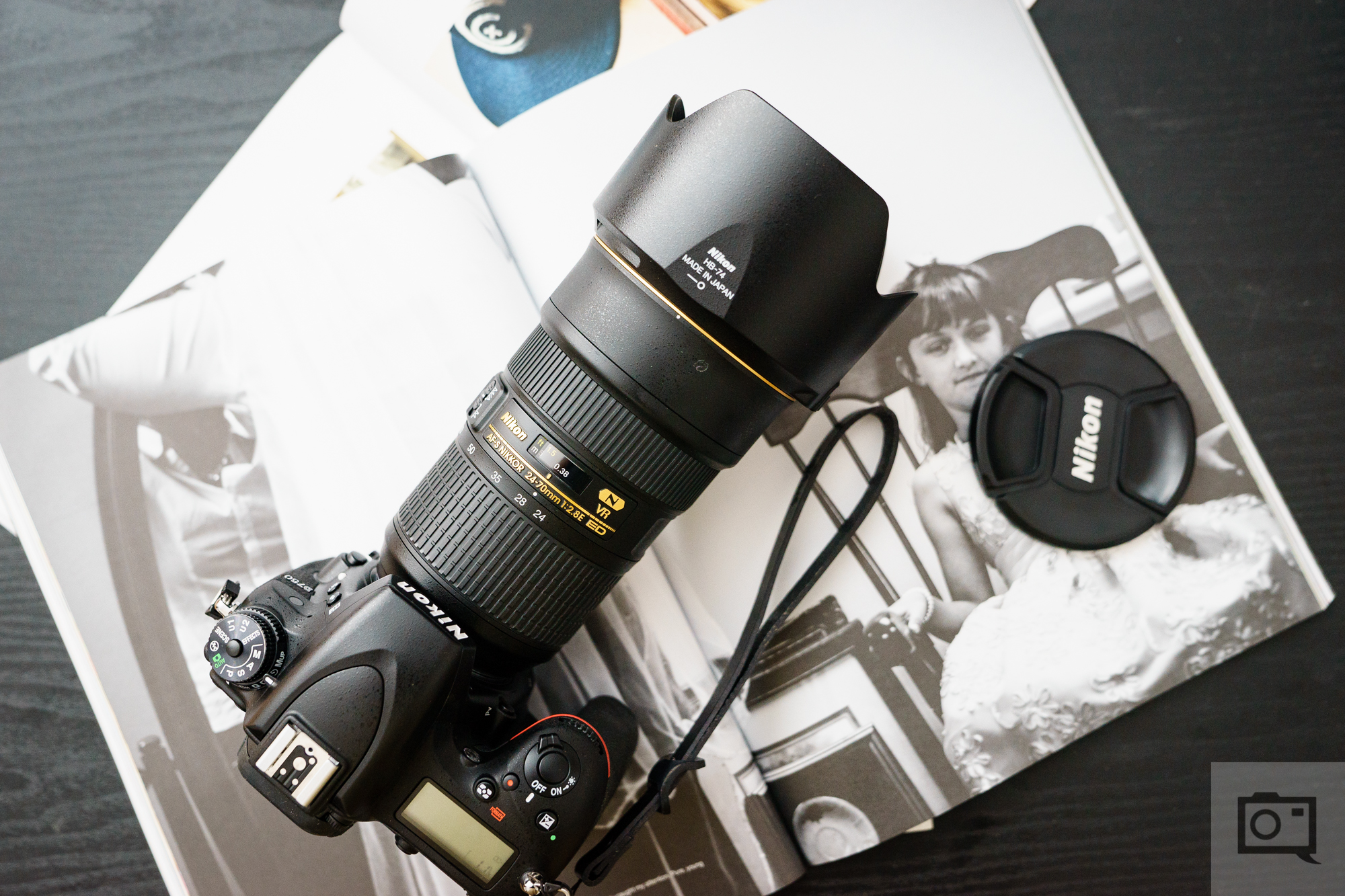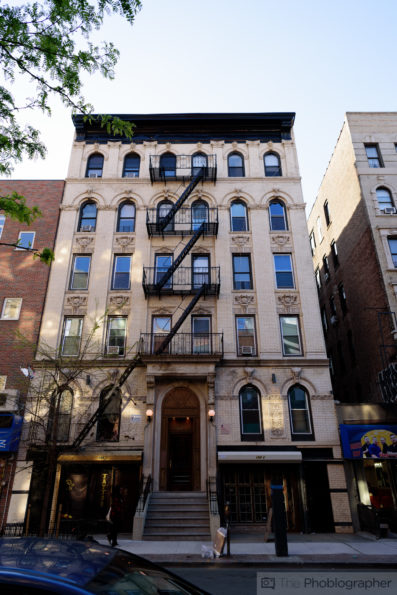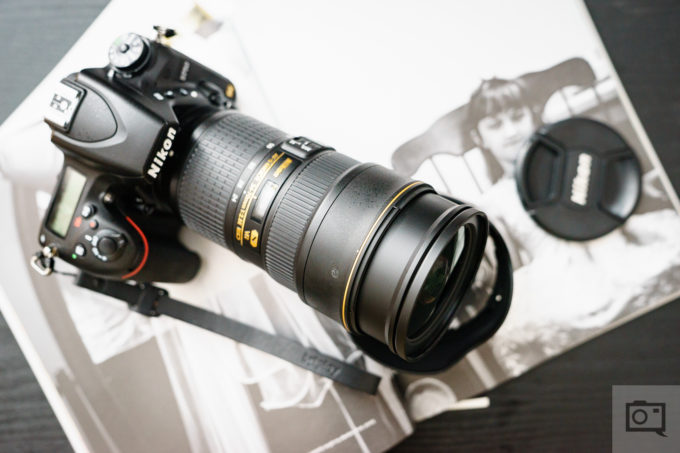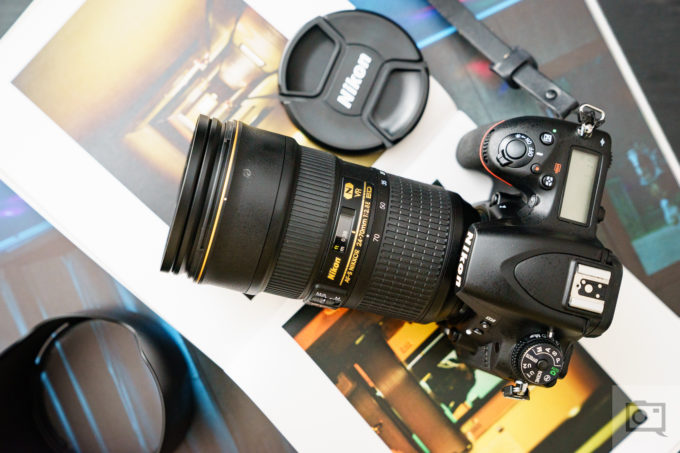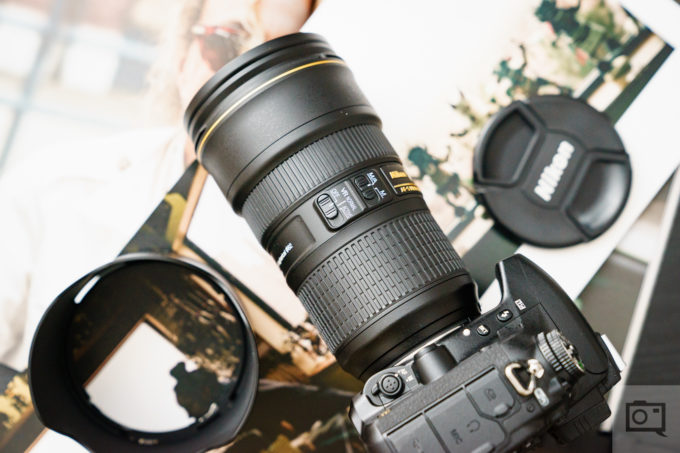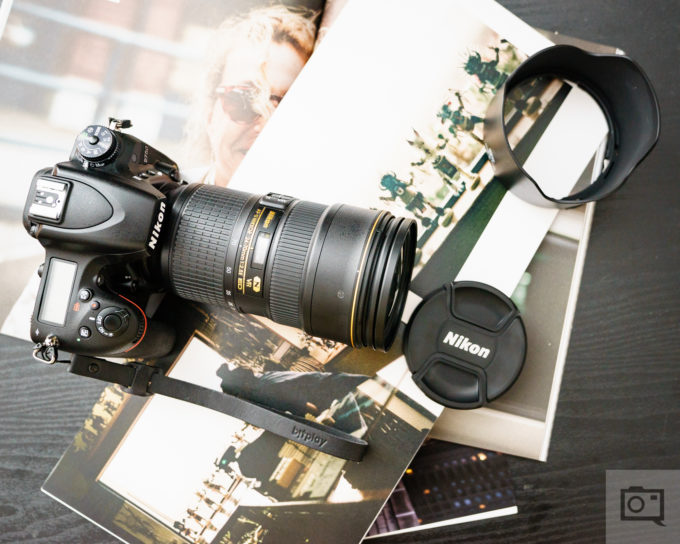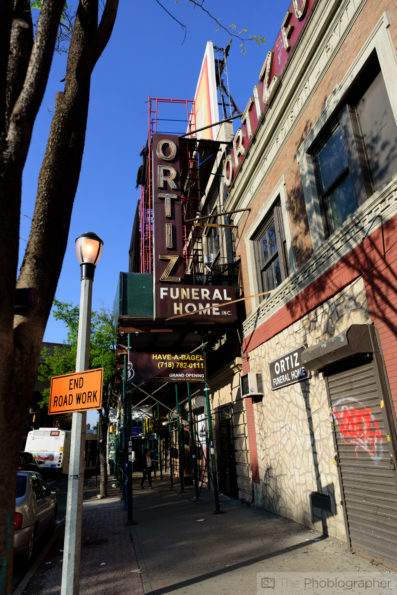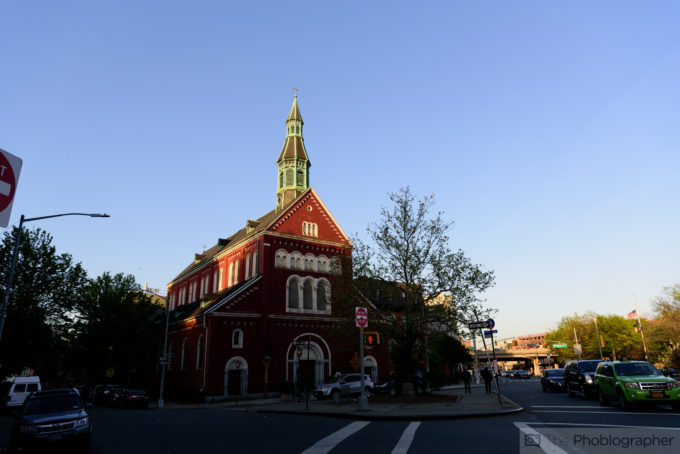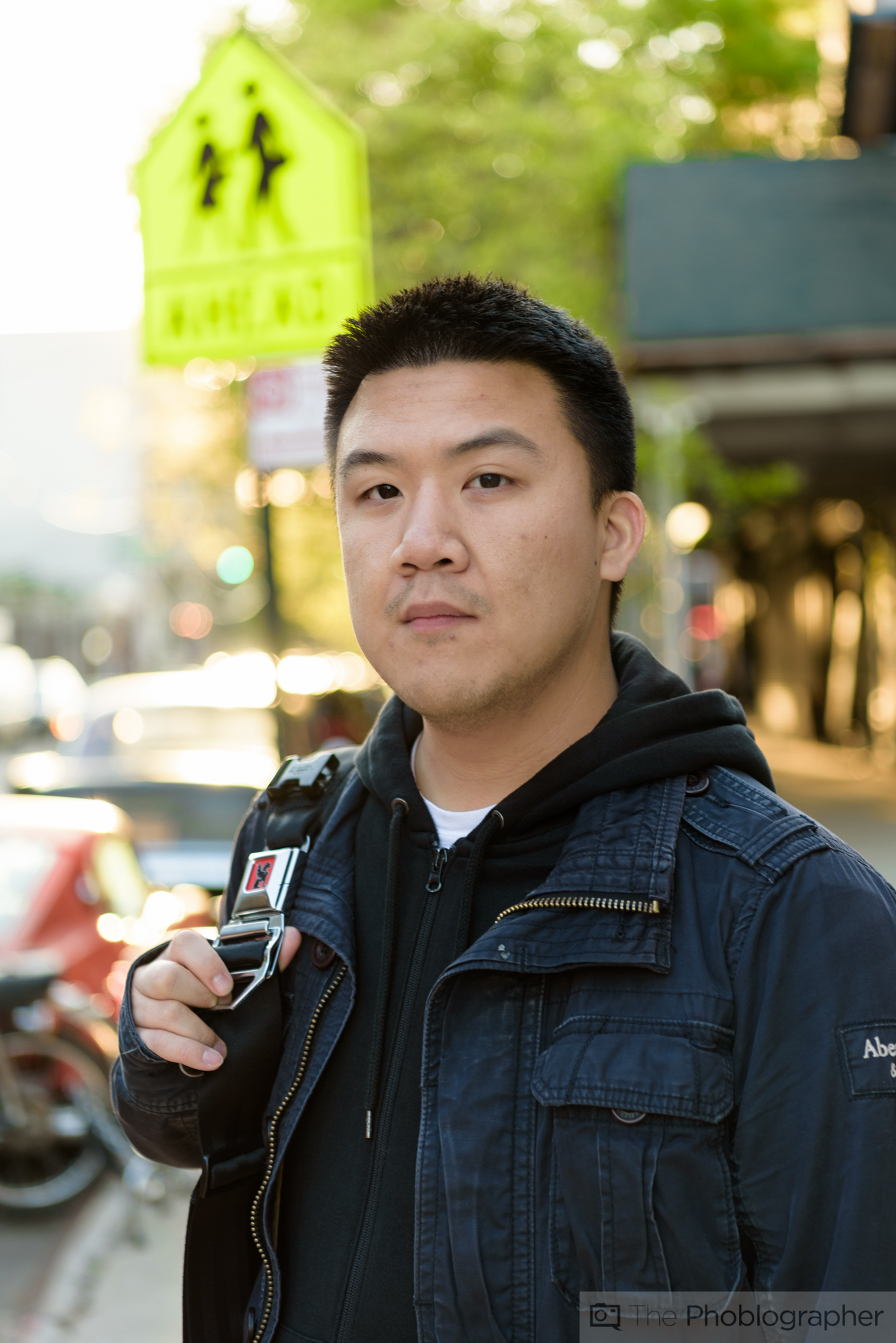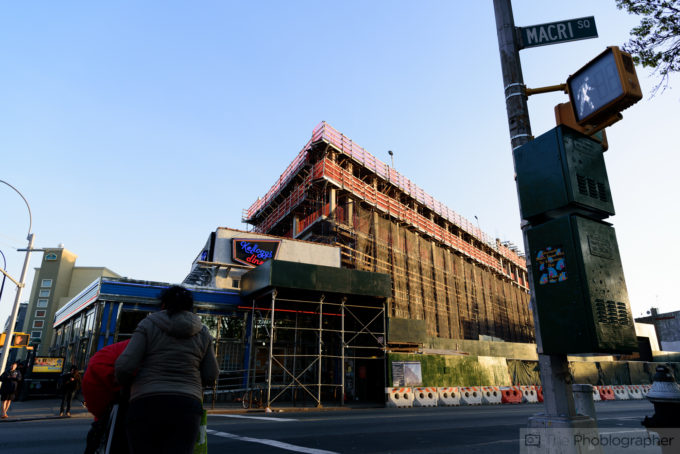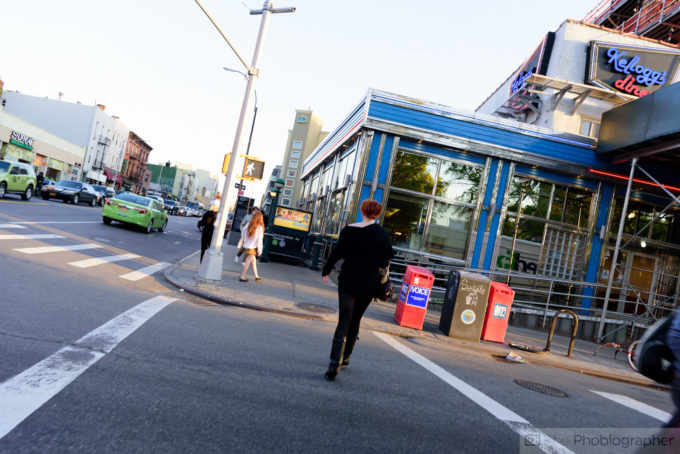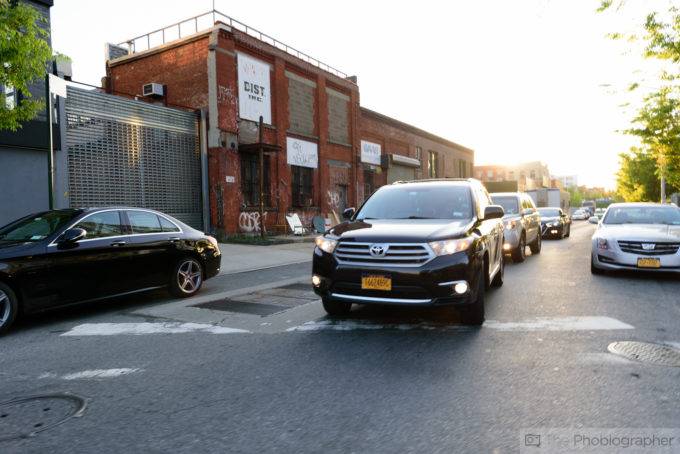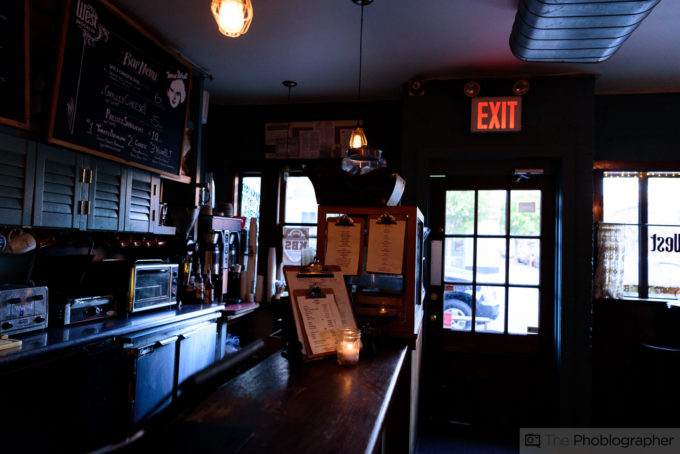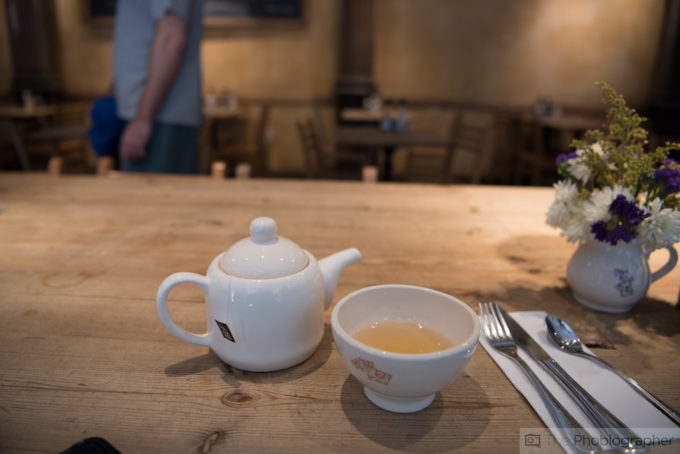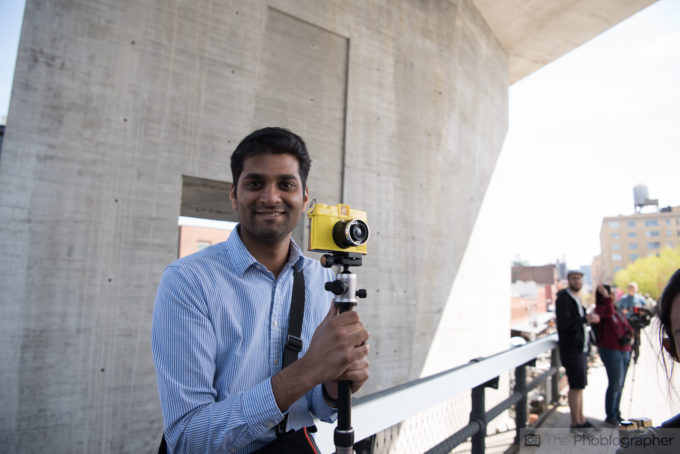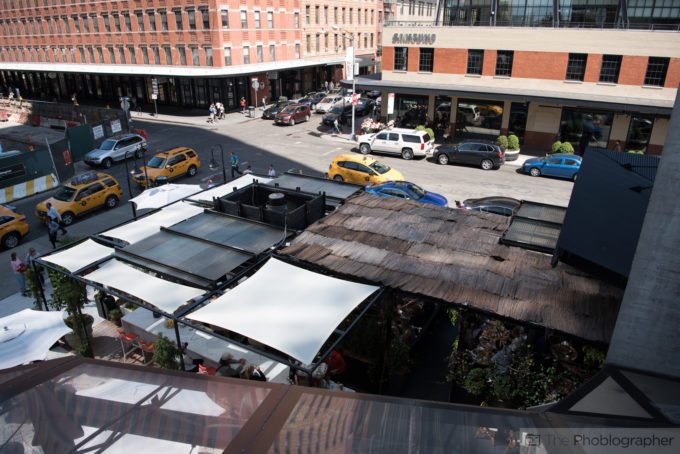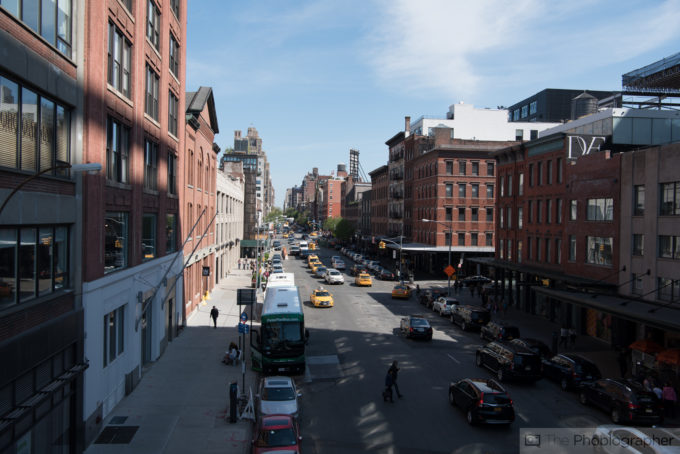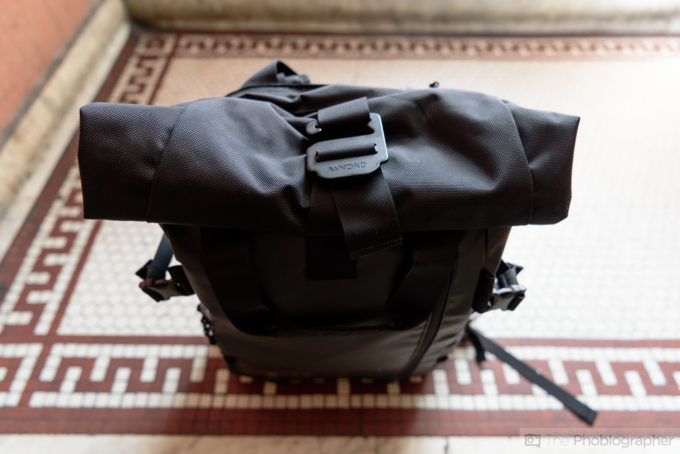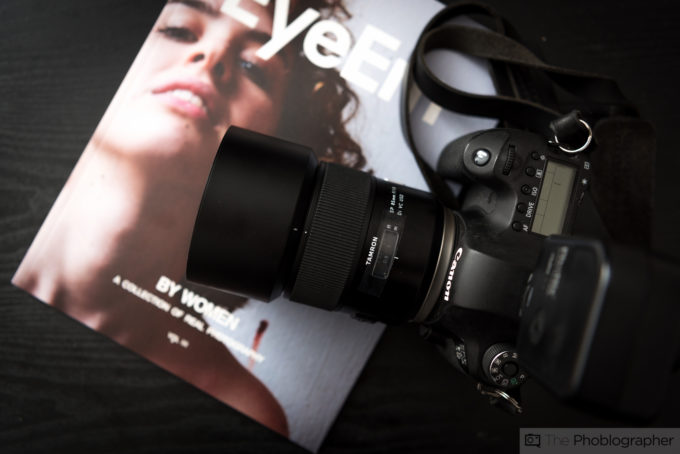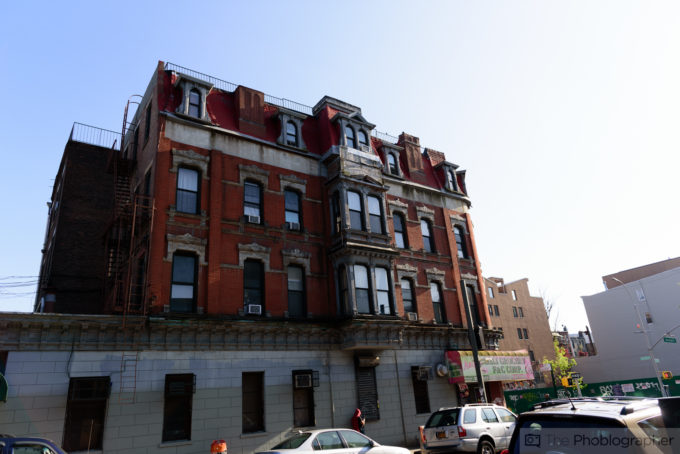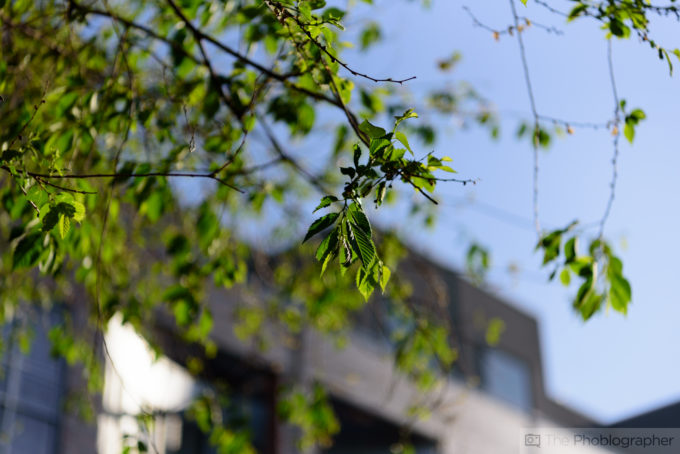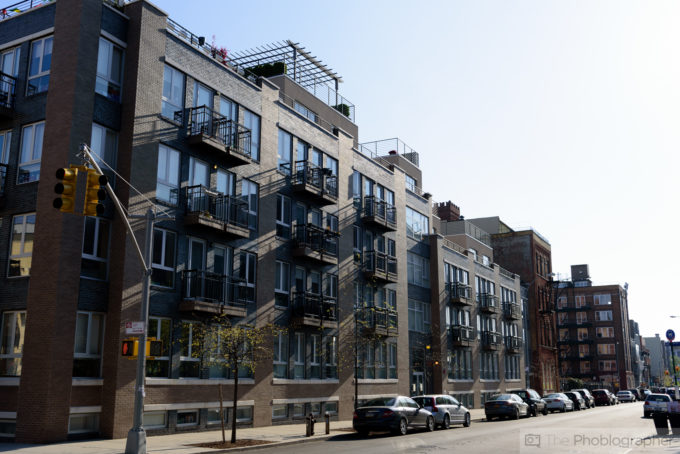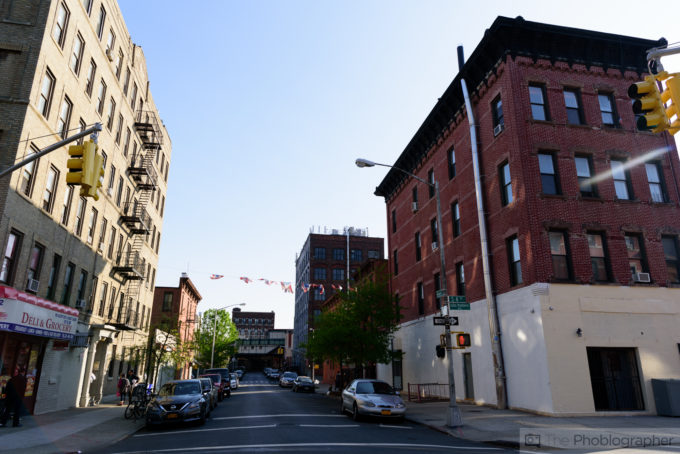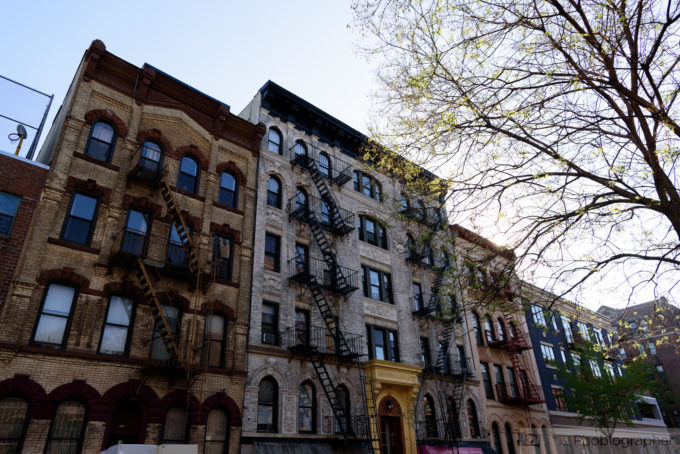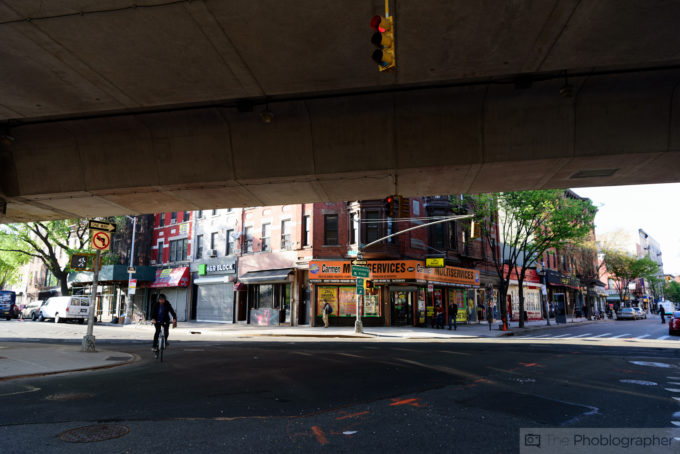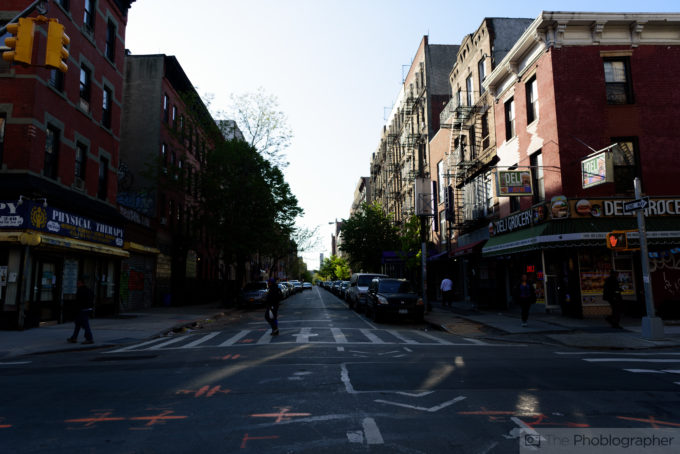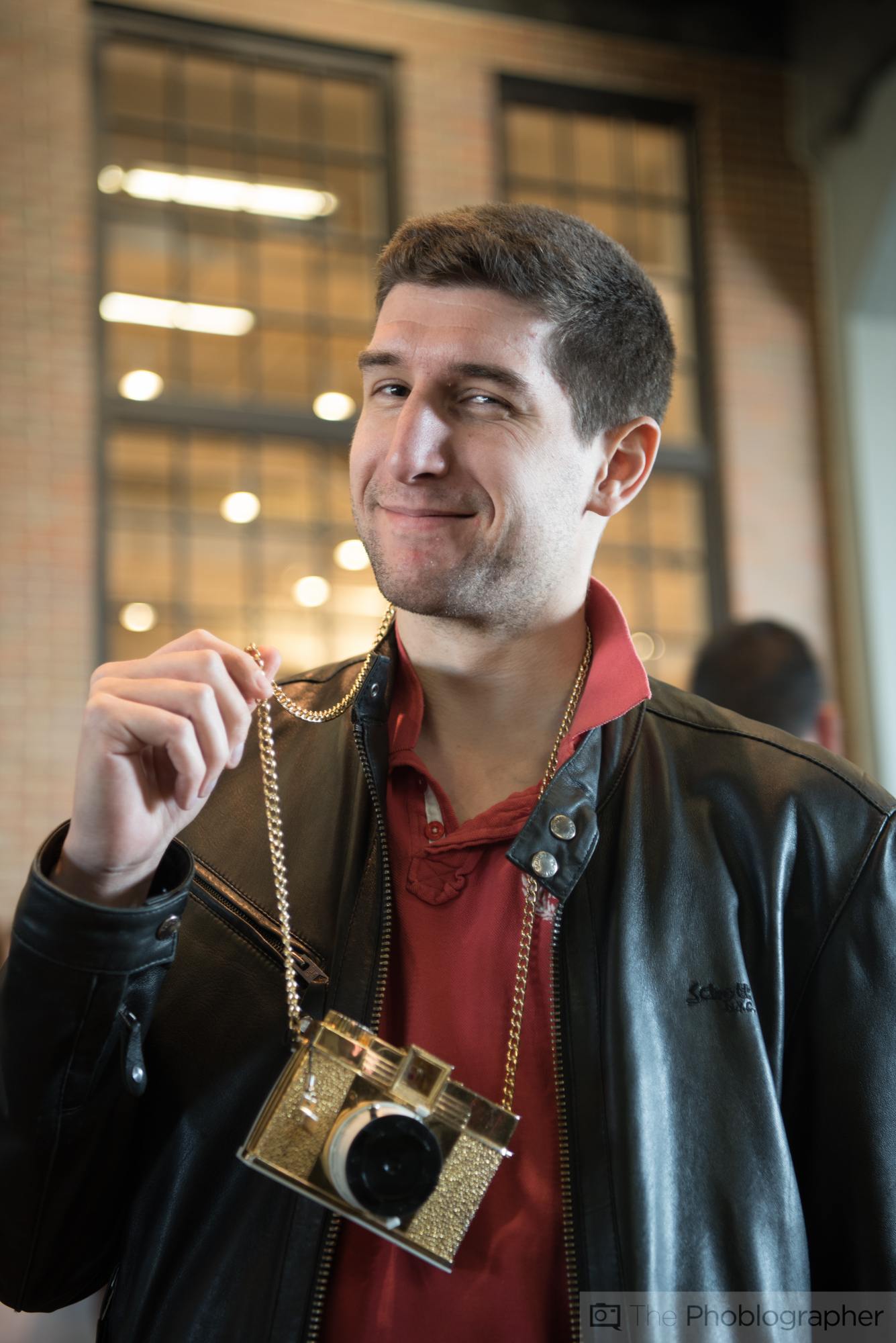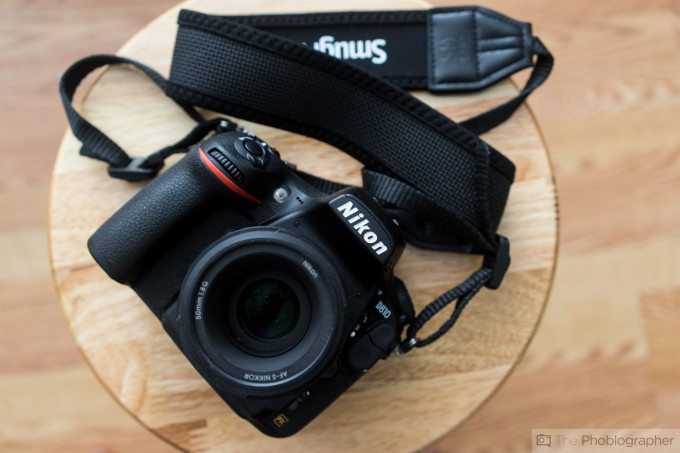“Hey guys, this is Justin, Chris’s Kickstarter campaign manager. I wanted to write and say that if the Phoblographer has ever helped you with your photography, please consider donating to our Kickstarter for La Noir Image–now with both iOS and Android support!. Thank you, guys, you are the best.”
Perhaps one of Nikon’s most important lenses in their F mount lineup has always been their 24-70mm f2.8–and with the Nikon 24-70mm f2.8 E ED VR II we get the long awaited refresh. So when they updated the lens and also incorporated Vibration Reduction technology, they did something that really just made sense for a first party manufacturer. The lens is the bread and butter optic for many photojournalists, landscape shooters, wedding shooters, etc. And the addition of the image stabilizing technology is very welcome to many.
Weighing 3.7 lbs, this is a heavy lens for what it is. It’s also pretty large–but the photographers that really need a lens like this are bound to spring for it. Though it’s quite tough to stomach if you instead want to go for many of the company’s very good f1.8 prime lenses.
Pros and Cons
Pros
- Great build quality
- Fast autofocus
- Accurate and life-life color
- Vibration Reduction is a very nice addition when you’re trying to shoot portraits with this lens.
- Sharp image quality
- Pretty good bokeh
Cons
- Very large and after a while of hanging out on your camera and therefore your shoulder, it will start to wear on you.
- When connected to a DSLR, it can take up a lot of room in a camera bag–more so than normal.
- Pretty pricy. But if you’re a professional photographer then you’ll justify the purchase to yourself.
Gear Used
The Nikon 24-70mm f2.8 E ED VR II was used with the Nikon D750 and the Adorama Flashpoint Zoom Lion flash.
Tech Specs
Specs taken from the Amazon listing page
Ergonomics
The Nikon 24-70mm f2.8 E ED VR II is a very big lens. You can kind of equate it to being a bit like a howitzer–except that it’s quite and doesn’t actually fire anything. The exterior of the lens has a very plastic exterior–though not feeling cheap at all. Lots of the lens is covered in the focusing and zooming rings–which improve the grip.
Additionally, this lens is like many other 24-70mm lenses that become smaller at 70mm and longer at 24mm.
When you look at the lens, you’l find the zoom and distance scale on top. It’s a standard for a lens like this.
The only controls on this lens are on the side. What you’ll find here are the AF/MF switch and the VR On/Off switch. In general, it’s tough to switch these on/off accidentally.
Build Quality
This is one of Nikon’s most popular lenses with the professional photographer crowd. It’s weather sealed, built pretty solid and feels great in the hand. However, it’s pretty heavy.
If you’re a photojournalist or a wedding photographer then I genuinely feel for you: you’re going to be hurting after a full day of shooting with this lens. But if you’re a landscape, portrait or Real Estate photographer then you’ll essentially just get the shot, put the camera down and move on. For those photographers, they’ll have less of a hassle.
Ease of Use
Using the lens is pretty straight forward. You slap it onto the camera, point, focus and shoot. It’s great for everyone! Because of the way that the switches on the side are designed, you generally don’t need to be too cautious about the switches not doing what you want them to.
There are bound to be rich amateurs that will buy a DSLR and an expensive lens like this and not know what the heck they’re doing with it. Even you will get great photos. But please, don’t consider this lens unless you really need it.
Autofocus
With the Nikon D750, this lens is super fast to focus. The AF performance in both good and terrible lighting is very good and the lens only missed its focus once. That one moment was more of my fault than the camera or lens’s. If you’re trying to capture candid moments, you’ll be very happy with what this lens can do.
To that end, everyone else will get great results too.
Image Quality
Considering the price point, it makes sense that you’d better be getting a very good lens here. Indeed, when it comes to the image quality you are. There is almost no good reason to stop the lens down beyond f11 and even wide open it’s very sharp. You’ll also get pretty decent bokeh and spectacular colors.
If you’re a professional, you’ll be glad to know that there isn’t very much of any reason to sit here complaining. However, I have to state that for what it’s worth, I prefer the Tokina AT-X 24-70mm f2.8 Pro FX in most aspects of image quality. Granted, the Nikon has vibration compensation and at this point this lens is even outdoing the Tamron version. For what it’s worth though, the Nikon is the best balance of everything here.
Bokeh
At the wide end, you’re not going to get a lot of bokeh unless you’re close up to your subject. Luckily, that changes at the longer end of 70mm. For what it’s worth though, it still won’t give that iconic look that an 85mm lens can do. So if you want the bokeh that you’ll get from an 85mm, then just go for the 85mm.
If you really want better bokeh at the wider end, then I highly suggest going for a few of Nikon’s very good f1.8 prime lenses.
Considering the prices:
24mm f1.8: $746.95
28mm f1.8: $696.95
35mm f1.8: $596.95
50mm f1.8: $216.95
This all equals $2,257.80 vs the Nikon 24-70mm f2.8 II which is more expensive. Obviously you’ll need to switch lenses out but it’s still rather worth it.
Color Rendition
One of my favorite features about this lens is the color rendition. It’s very true to life without being super saturated like what Sigma and others can offer. That’s not to bash Sigma’s rendering; but for portraits you may prefer life-life vs the digital equivalent of Kodak Ektar.
Color Fringing
In our tests, we didn’t really see very much color fringing out of the camera. Obviously, your editing style will vary; but if you really crank up the contrast then you’ll also really need to do the absolutely awful and horrid process of clicking the one box that eliminates chromatic aberration.
Can you hear that? Those are the all the people on the internet that don’t care to look at an image as a whole crying out in frustration.
Sharpness
Nikon does it again here! This lens renders incredibly sharp images that you’ll be very proud of when shooting buildings, people, etc. Again though, Tokina is much sharper.
Extra Image Samples
Conclusions
Likes
- Great build quality
- Great image quality overall
- VR is a nice addition
Dislikes
- Expensive
- A more affordable lens is also sharper
If you’re a Nikon DSLR owner, then there is a lot that will make the 24-70mm E VR II appeal to you. It’s got solid image quality all around, though not as good a what Tokina can give you. It’s got VR, but so does Tamron. Granted, it has better image stabilization than Tamron’s version. So it’s all a mixed bag here. I can totally see how a photographer would reach for the Nikon. Indeed, what I’m most excited about here is that Nikon listened to their customers and gave it VR. It just makes a whole lot of sense here.
The Nikon 24-70mm f2.8 E ED VR II receives five out of five stars. It’s a fantastic lens, but I’d be hard pressed to buy one. For the photographer that needs one, consider what Tokina can give you. Want one? Check the Amazon listing for the details.
Recommended Cameras and Accessories
Nikon D810: You should get all the resolution that you can from this lens if you need it.
Nikon D750: If you want to shoot a wedding or journalistic endeavor and beam it to your phone and then to Instagram, this is your camera.


